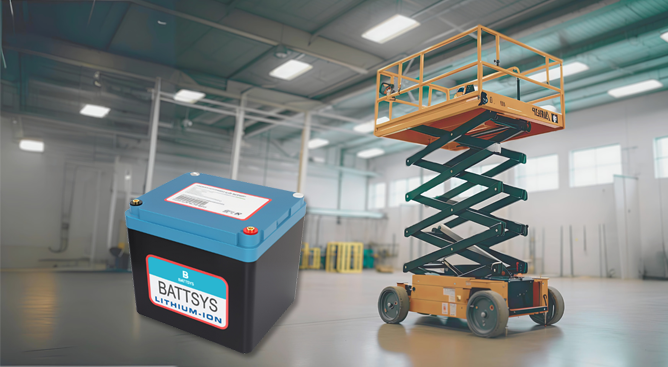Reasons and solutions for battery charging failure.
There are mainly two types of rechargeable batteries on the market: nickel hydrogen batteries and lithium-ion batteries. The problem of batteries not charging is mainly focused on these two types. Batteries of the same type and specification can be combined into different numbers of cells through parallel, series, and hybrid connections. As a common phenomenon, people hope to understand the reasons behind the inability of batteries and battery packs to charge and seek solutions.
The reasons why batteries cannot be charged can be broadly divided into internal reasons inherent in the battery itself and external reasons for charging the battery. Lithium ion batteries are gradually occupying the original market of nickel hydrogen batteries due to their superior performance. Therefore, here we will focus on lithium battery charging and mention nickel hydrogen batteries where there are differences.

1. Zero voltage batteries or combination batteries with zero voltage batteries. The zero voltage of a battery is either an unqualified product that did not reach the corresponding nominal capacity and voltage value at the time of leaving the factory, or it is considered a dead end due to long-term use, where the capacity is exhausted and the voltage drops to zero.
Considering that lithium batteries may be left unused for a long time, such as more than a year, and may also be discharged in the form of self discharge, resulting in zero voltage, current lithium battery protection schemes require that the battery can be charged even at zero voltage. Therefore, there are two differences in zero voltage for batteries: one is that they can be charged and continue to be used, and the other is that they have no practical value at all; In other words, the former's capacity loss is reversible, while the latter is irreversible. If a zero voltage battery that cannot be charged is unfortunately designed into a lithium battery pack, the protection chip may transmit the zero voltage signal to the battery pack, thereby turning off the MOSFET and preventing the battery pack from charging.
2. Battery pack connection error. The possibility of this situation occurring is relatively small because rechargeable batteries or battery packs are generally required to undergo full inspection when leaving the factory. For batteries from regular manufacturers, this situation occurs unless a batch of batteries was not fully inspected when leaving the factory, and the battery pack with the wrong connection is included in the list of untested batteries. Of course, for products produced by non-standard manufacturers or assembled by individuals, it is a different matter. Connection errors cannot be completely eliminated. Relatively speaking, the full inspection rate of nickel hydrogen battery packs is lower, and the probability of such errors may be higher.
3. Internal electronic components and protective circuits are abnormal. This situation usually occurs after the battery has been used for a long time. The aging and detachment of electronic components can lead to abnormal charging of the battery, especially for electronic components integrated into the protection circuit. The above situation will directly affect the protection function of the circuit, and thus cannot guide the charging process correctly.
1. The mismatch between the charger and the battery, especially the difference in charging current design between the incompatible charger and the lithium battery, can cause the instantaneous current to be too high during charging, and the lithium battery will implement overcurrent protection to suspend charging. To solve this mismatch, special attention should be paid not to mix nickel hydrogen chargers with lithium battery chargers, and some universal chargers should also be avoided as much as possible.
2. Charging equipment malfunction, no output voltage. In this case, simply place the battery on another charger of the same model to charge it.
3. Inappropriate charging environment, both the charger and the rechargeable battery have their own working environment. Exceeding either of the two limiting conditions, whether it is high or low temperature, will make charging impossible.
E-Mail: inquiry@fentbattery.com
Tel: 0086 20 3901-1403
Address: No.3, Dongli Road, Xili, Dongyong Town, Nansha District, Guangzhou City, China
Copyright@ China lithium ion battery manufacturers & suppliers & producers | Lithium Battery Factory & Company-BATTSYS Sitemap